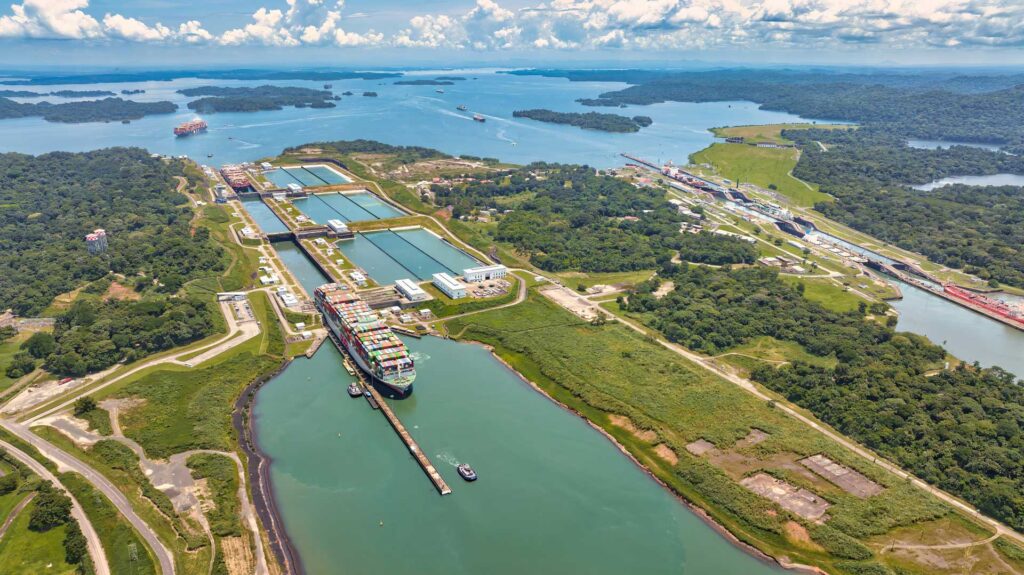The Panama Canal Authority, today, celebrates the ninth anniversary of the canal’s expansion, reporting a rise in both transits and tonnage moved during the first eight months of fiscal year 2025 in comparison to the same period last year.
Between October 2024 and May 2025, there was a 30% increase in the average daily number of transits and a 22% rise in tonnage, with 326 million CP/SUAB tons moved by May. This growth was made possible due to the restored water levels in Gatun and Alajuela Lakes, which enabled the Canal Authority to continue offering safe, efficient, and reliable service to its clients.
The history of the expansion began June 26, 2016, with the inaugural transit of the Cosco Shipping Panama container ship through the Agua Clara and Cocolí locks. This milestone marked the beginning of a new era in global logistics and reinforced one of Panama’s most strategic assets.
The expansion of the canal was not only the largest infrastructure project since the original waterway opened in 1914, but has also provided tangible benefits for both Panama and the world. It has increased the waterway’s capacity, boosted national revenue, and solidified its role as a key platform for global trade. Additionally, it has enhanced Panama’s competitiveness and opened up new opportunities for economic growth, investment, and employment.
Key Milestones Since the Expansion
- In 2016, the first liquefied natural gas (LNG) ship transited the canal, opening new energy routes through the isthmus.
- In 2024, the canal welcomed the MSC Marie, the largest container ship to transit the waterway with a capacity of 17,640 TEU.
- In 2025, the expanded locks surpassed 25,000 total transits.
These milestones reaffirm the canal’s role as a driver of development and a symbol of national pride, supported by a workforce of more than 8,700 Panamanians committed to operational excellence.
Water Management and Sustainability: A National Priority
The anniversary comes amid climate challenges that have tested the canal’s resilience, such as the prolonged 2023 dry season, which temporarily reduced daily transit capacity. Although the rainy season has brought some relief, the water crisis persists.
In response, the Panama Canal Authority continues to implement its long-term water strategy, which is focused on securing water resources for both operations and human consumption. Projects like the Río Indio Lake aim, not only to strengthen the country’s water infrastructure, but to also provide social benefits to nearby communities.
At the same time, the Canal Authority maintains a strategic vision to evolve the area into a world-class logistics hub, equipped to face the challenges of the maritime, energy, environmental, and technological sectors.
Nine years since its expansion, the canal continues to yield concrete benefits for Panama and reaffirm its vital role in international trade.






